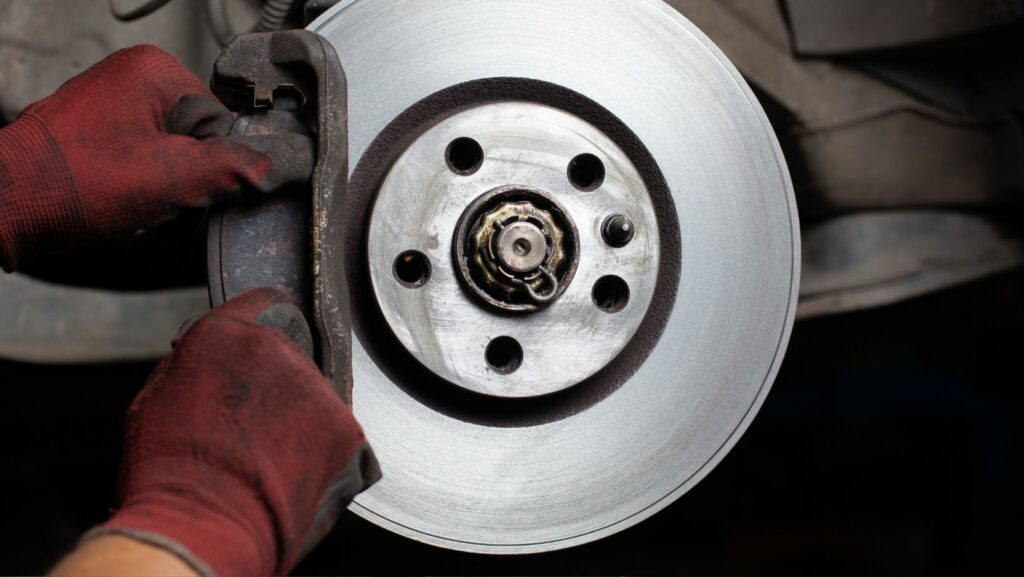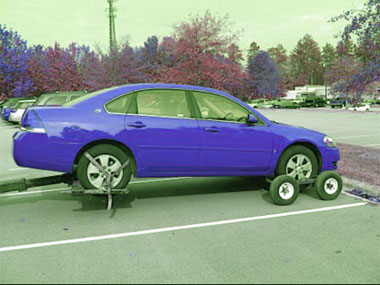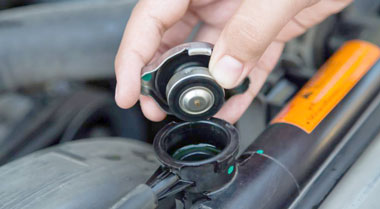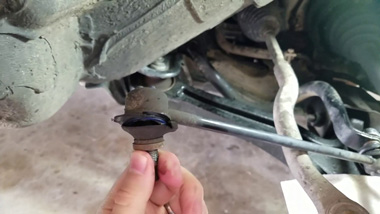If your car is low on coolant, you may be tempted to just add new coolant to the old stuff. But is this really a good idea? Here’s what you need to know about adding new coolant to old coolant.
First of all, it’s important to understand that coolant breaks down over time. This means that the additives in the coolant become less effective and can actually start to cause corrosion.
So, if you’re topping off your Coolant with fresh Coolant, you’re not really doing much to protect your engine. In fact, you might even be causing more harm than good.
- Park your car on a level surface and turn off the engine
- Let the car cool for at least 30 minutes if it has been running
- Find the radiator cap and unscrew it to release any pressure in the radiator
- Once the pressure is released, remove the cap completely
- Locate the coolant reservoir and check to see how much coolant is already in there
- If it is low, add more coolant until it reaches the “full” line on the reservoir tank
- Replace the radiator cap and screw it back on tightly
- Start up your car and let it run for a few minutes to ensure that the new coolant is circulating properly through the system before turning off again
Can You Add New Coolant to Old Coolant?
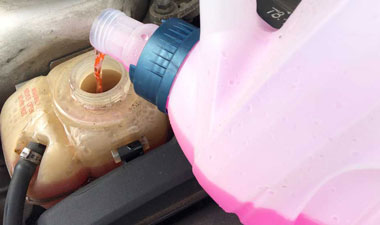
It is generally recommended that you flush and replace your vehicle’s coolant every 50,000 miles or so. However, if you need to add coolant to your system before you are able to do a full flush and replacement, it is possible to mix the new coolant with the old. When adding new coolant to old, it is important to use the same type of coolant.
For example, if your car uses green antifreeze/coolant, you should only add more green antifreeze/coolant – mixing different colors of coolant can result in corrosion. You also want to avoid mixing different types of coolants, such as extended life Coolants with regular Coolants since they have different capabilities and properties.
Finally, be sure not to overfill the reservoir – this can cause problems with the pressurization of the cooling system which can lead to leaks.
Is It Necessary to Flush the Cooling System When Adding New Coolant?
It is necessary to flush the cooling system when adding new coolant for several reasons.
First, it is important to remove any debris or corrosion that may be present in the system. This will ensure that the new coolant can flow freely and does not become contaminated.
Second, flushing the system will help to mix the new coolant evenly throughout, ensuring optimal cooling performance.
Finally, flushing the system will also help to remove any residual old coolant which could cause problems if left in the system.
What is the Difference between Long-Life And Conventional Coolants?
Long-life coolants are designed to last up to five years or 150,000 miles, whichever comes first. Conventional coolants need to be replaced every two years or 30,000 miles. Long-life coolants use a different technology that makes them more durable and longer lasting.
Will Using a Different Type of Coolant Void My Vehicle’S Warranty?
It’s a common misconception that using a different type of coolant will void your vehicle’s warranty. However, this is not the case. Your vehicle’s warranty will only be voided if you use an incompatible coolant or one that is not recommended by the manufacturer.
Incompatible coolants can cause engine damage, so it’s important to be careful when choosing a coolant for your vehicle. If you’re unsure about which coolant to use, consult your owner’s manual or ask a qualified mechanic.
Changing Your Coolant? You’re Doing It Wrong
Conclusion
If your car’s coolant is low, you may be tempted to just add new coolant to the old stuff. However, this isn’t always a good idea. Here’s why:
Over time, coolant breaks down and becomes less effective. So, even if you top off your old coolant with new, it may not protect your car, as well as fresh coolant, would. Additionally, mixing different types of coolant can cause problems.
Some coolants are designed to be mixed with water, while others are not. Mixing them can result in poor performance or engine damage. To be safe, it’s best to drain all the old coolant from your car before adding new.
This will ensure that your car is protected and running smoothly.

